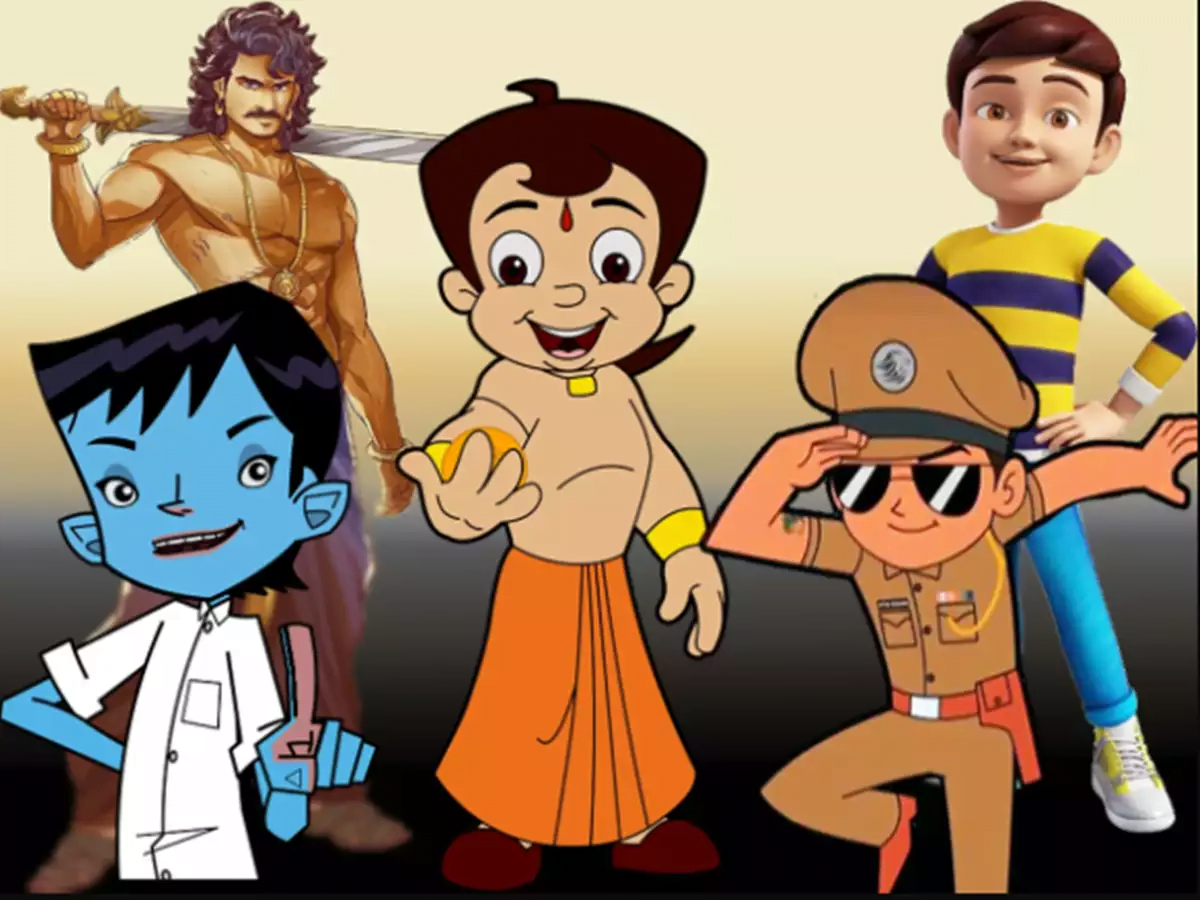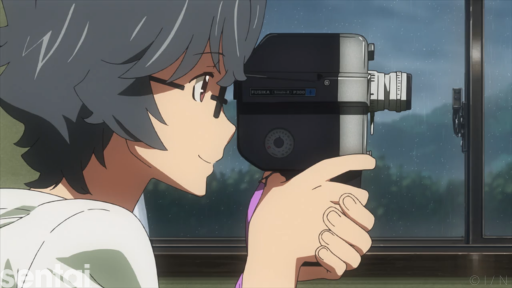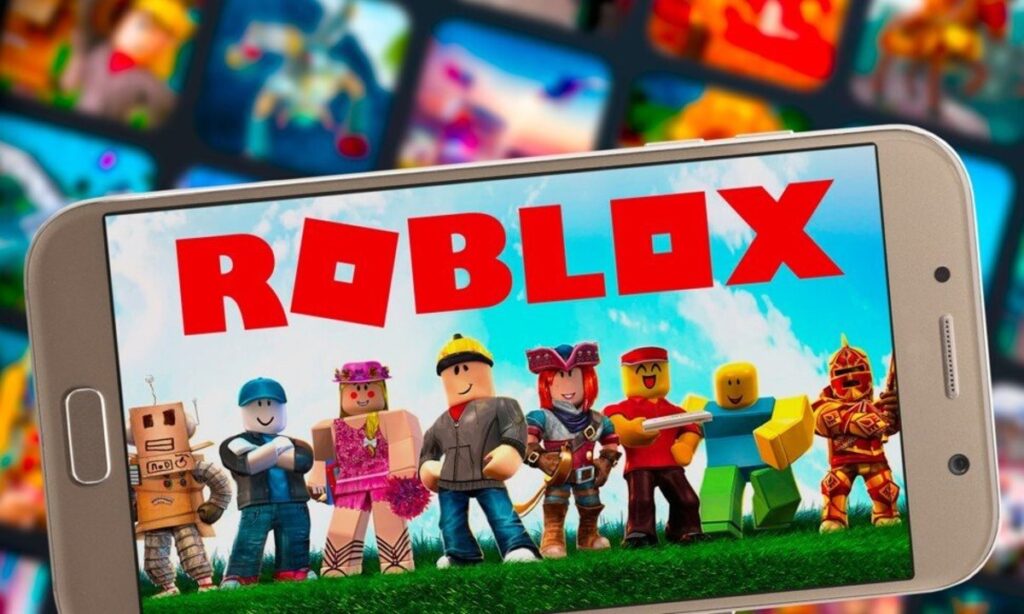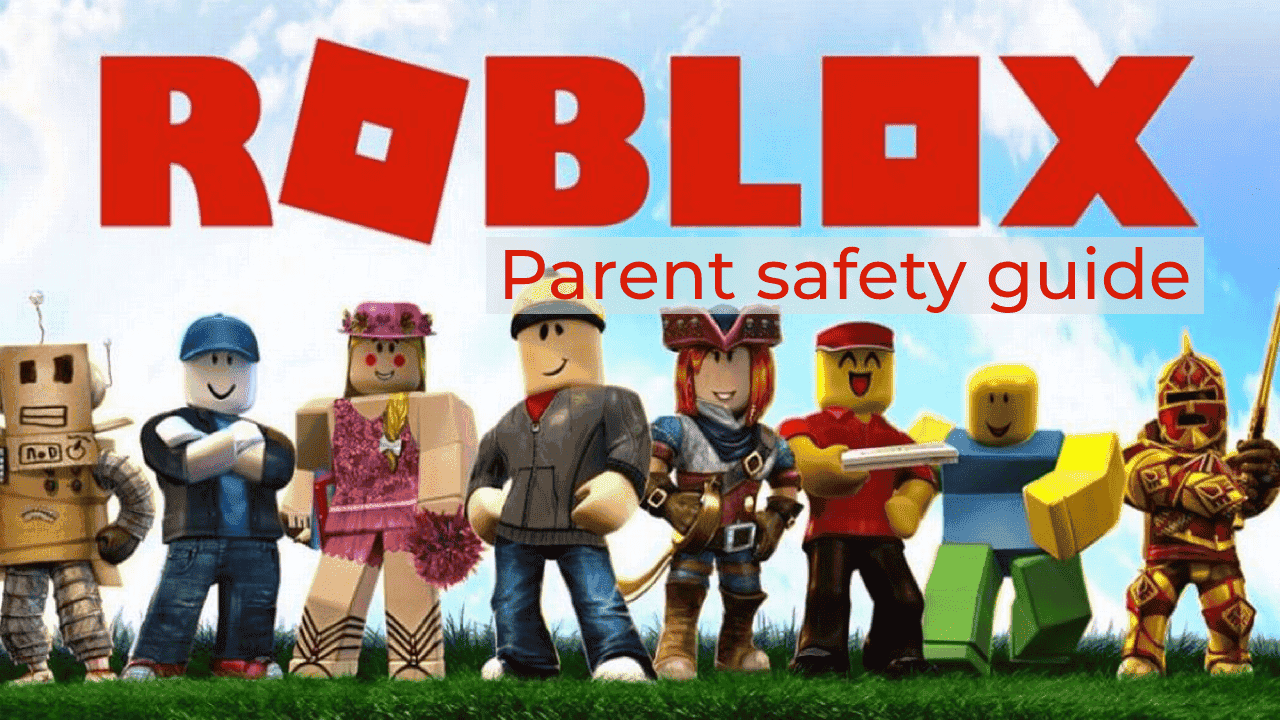Explore the Indian animation industry’s evolution from humble beginnings to global recognition, driven by creativity and technology.
Introduction:
The Indian animation industry has undergone an incredible transformation over the years, going from its modest beginnings to becoming a major player in the animation business. The growth of Indian energy is a tribute to creativity, perseverance, and contemporary technology. In this article, the history, growth, and future of the Indian animation industry are discussed.
1950s to 1980s, the Height of Animation’s Popularity
Animation had a boom in interest and innovation during the years following independence. The Indian Films Division was essential in developing talent and creating short animated films for instruction and instructional purposes. During this time, iconic figures like Ram Mohan and Bhimsain Khurana emerged, making a vital contribution to the development of animation as an art form.
A turning point was reached with the production of “Ek Anek Aur Ekta” (1974), a short film meant to teach kids about oneness. This legendary short, which was directed by Vijaya Mulay and featured animation by Bhimsain Khurana, demonstrated the power of animation to communicate difficult ideas in an appealing way.
The 1990s and 2000s Television Boom
With the introduction of television, the Indian animation landscape saw a tremendous change in the 1990s and early 2000s. Indian audiences were captivated by foreign cartoon programs like “DuckTales” and “Tom and Jerry.” This period saw the establishment of domestic animation studios as the need for animated entertainment increased.
Indian audiences were first exposed to animated shows like “The Jungle Book,” “Shaktimaan,” and “Chhota Bheem” on channels like Cartoon Network and Nickelodeon. The popularity of these programs encouraged the creation of more animated content, which prompted the opening of specialized animation companies.
Indian Animation Industry’s Growth
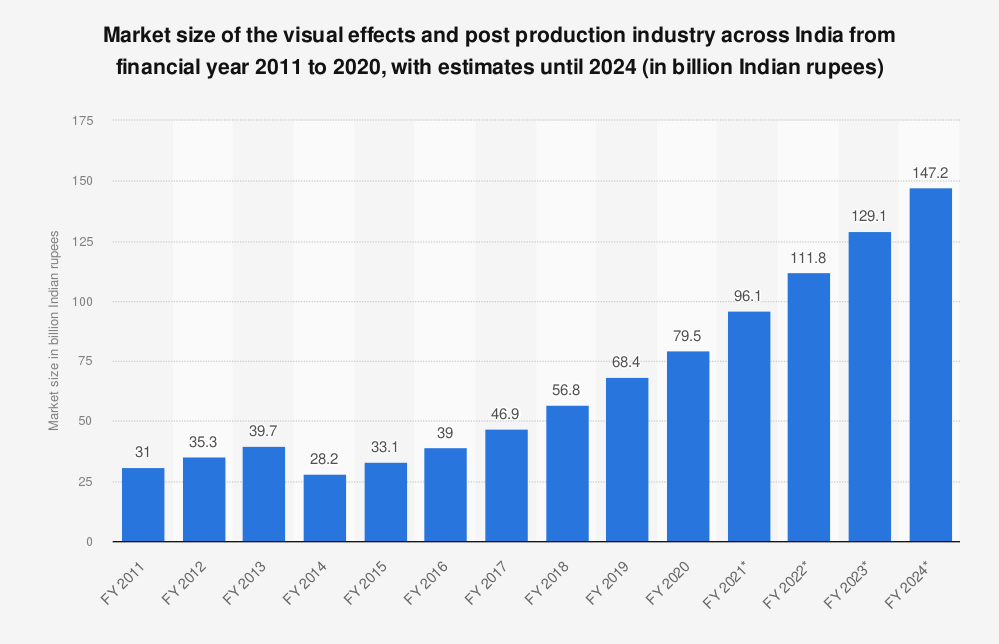
Several animation studios were established and expanded in India during the 2000s. A number of businesses rose to prominence, including Crest Animation Studios, Toonz Animation, and Maya Digital Studios. These studios engaged in foreign partnerships in addition to creating content for the home market.
For instance, Maya Digital Studios collaborated on “Motu Patlu,” an animated series that became popular not just in India but also abroad. India’s position in the worldwide animation business was further cemented by Toonz Animation’s co-productions with significant international studios.
Challenges and Successes
The Indian animation business was growing, but it also had its share of difficulties. The industry had challenges to overcome, including tight budgets, a personnel shortage, and a predominance of foreign content. However, the industry’s expansion was propelled by the tenacity of Indian animators and the rising demand for animation content.
Indian audiences were responsive to animated feature films, as seen by the popularity of films like “Hanuman” (2005) and “Krishna Aur Kans” (2012). These accomplishments prompted creators of animated content to increase their spending.
Bollywood Steps Into the Ring:
The enormous Indian film industry, known as Bollywood, saw animation’s promise. Big Bollywood production studios entered the world of animation with films like “Hanuman,” “Krish,” and “Chhota Bheem and the Throne of Bali.” This cross-over gave Indian animation more resources, better storytelling methods, and bigger audiences.
The 2015 release of “Baahubali: The Beginning” demonstrated the ability of animation to produce impressive cinematic experiences. This Telugu-original movie was dubbed and released in a variety of languages, broadening the audience for Indian animated media.
The expansion of the Indian animation industry was greatly aided by technological advancement. Indian animated entertainment reached a new degree of sophistication with the transition from conventional 2D animation to 3D animation. Studios started splurging on top talent and cutting-edge software to create high-quality animation.
The introduction of streaming services and digital platforms created new distribution channels. Platforms like Netflix and Amazon Prime began to provide Indian animated material, giving Indian creators access to a global audience. Smaller animation studios and freelance artists can now reach a worldwide audience without using conventional distribution methods thanks to the digital revolution.
International Recognition: The Next Step
Indian animation has received praise and awards on a global scale in recent years. International film festivals have given positive reviews to films like “Gitanjali Rao’s Bombay Rose” and “The Breadwinner,” which were co-produced by Cartoon Saloon and PaperBoat Animation Studios.
The Indian animation industry appears to have a bright future. The market is primed for expansion because of the rising demand for animated content, a growing talent pool, and technological developments. The future of Indian animation will be largely determined by partnerships with foreign studios, a sustained emphasis on narrative, and the exploration of other genres.
Government programs, educational initiatives, and industry partnerships can all help the animation industry expand. Government programs, educational initiatives, and industry partnerships can all help the animation industry expand. To ensure that India keeps making a substantial impact on the global animation landscape, it is essential to create an environment that supports creativity, innovation, and talent development.
Conclusion:
The development of the Indian animation industry is a tale of resiliency, inventiveness, and technological advancement, from its humble origins in the early 20th century to its current position as a significant player in the worldwide animation scene. Recognizing the industry’s successes as it develops, admitting its difficulties, and seeking to build a dynamic ecosystem that encourages innovation and creativity is crucial. With the correct encouragement and vision, Indian animation may continue to enthrall.
In conclusion, the Indian animation industry has come a long way, evolving from its modest beginnings to a global force in the animation world. The journey, marked by creativity and technological advancements, showcases a rich history. The introduction of television, growth of domestic studios, and Bollywood’s entry into animation played pivotal roles in its expansion. Technological progress, digital platforms, and international recognition have further propelled its success. As we look to the future, collaborations with foreign studios, a focus on storytelling, and diversification into various genres will be key. Government support, education, and industry partnerships are crucial for ensuring continued growth. In this ever-evolving landscape, the Indian animation industry continues to captivate and holds immense potential for the future.
Supersaga, a promising addition to the Indian animation landscape, symbolizes the industry’s boundless creativity and potential. With its unique storytelling and innovative approach, Supersaga stands as a testament to India’s growing prowess in animation. As the industry continues to flourish, Supersaga represents the kind of bold, imaginative content that will further elevate Indian animation on the global stage. Its success reflects the dedication and vision of Indian animators and storytellers, making it an exciting prospect for both domestic and international audiences. As the industry thrives, Supersaga’s journey is set to be an inspiring chapter in India’s animation evolution.

